Hi
Yes & Yes readers! I’m
Trevor; I’m currently in my third year teaching English in Spain, currently based in the country’s green, rainy northwest corner called Galicia.
I grew up in Texas but I’ve called the Galician capital of Santiago de Compostela home for two years now. Although the Camino de Santiago pilgrimage route has brought more attention to this “nation within a nation,” most of Galicia remains off the radar for most tourists to Spain, so I’d love to share with y’all some highlights today.
Perhaps I’m biased since I live here, but it really is the most beautiful city in the whole region. Bounded by two rivers and dozens of parks, the old town is built almost completely in local granite and welcomes pilgrims hiking on all six routes of the Camino de Santiago pilgrimage.
The town was founded on the belief that the relics of St. James were discovered here a millennium ago, and Santiago developed around an 800-year-old
cathedral that is a gem of both the Romanesque and Baroque styles. Today Santiago is the capital of Galicia and a major university town.
The Villages of the Rías Baixas
The
Rías Baixas or “Lower Estuaries” are a series of placid inlets of the Atlantic Ocean on Galicia’s western coast and is where much of the population lives today.
Come in the summer to enjoy the beaches of Cangas, Sanxenxo, or Ribeira, or explore the historic towns of Noia, Padrón, and Combarro at any time of the year. Make sure to order a platter of steamed mussels farmed in the estuaries and a glass of local white Albariño wine.
The Cíes Islands
Floating in the ocean a short distance from the huge port city of Vigo,
the Cíes Islands compose a national park of three pristine islands accessible only by ferry in the spring and summer.
The Praia das Rodas was declared the world’s best beach by The Guardian in 2007, but if you grow tired of sunbathing on white sand beaches you can also go hiking in this seagull sanctuary and camp overnight beneath the boughs of tall pine trees.
Lugo
Galicia’s Atlantic coast is wonderful, but the mountainous interior is just as beguiling. Head inland to
Lugo, where well-preserved slate walls have circled the city since Roman times—you can even walk along all two kilometers of them for free.
Make sure to visit in June for Lugo’s Arde Lucus Roman reenactment festival, or in October for the Festa de San Froilán, a patron saint festival that is really more about eating boiled octopus!
Walk the Camino de Santiago
In medieval times, Santiago was Christendom’s third-most important site of pilgrimage after Rome and Jerusalem. Although the route slowed to a trickle in modern times, in the past two decades it’s undergone a rebirth as a
cultural itinerary that draws pilgrims from all over Spain, Europe, and the world who hike anywhere from a hundred to a thousand kilometers on foot to Santiago.
Go to a food festival
Galicia has historically been one of the poorest regions in Spain, but its situation improved in the postwar years. To celebrate these times of plenty and to honor the local cuisine, hundreds of villages host
annual festivals dedicated to a single dish: cheese in Arzúa, Carnival crepes in Lestedo, seafood in O Grove, and octopus in O Carballiño.
Must Eat in Galicia Spain
“Fair-style octopus” refers to a dish of common octopus caught off the Atlantic shores of Galicia, which is then boiled in a copper pot for up to an hour until nice and tender, then snipped into medallions and garnished with olive oil and pimentón or smoked paprika.
Often served with boiled potatoes, pulpo a la gallega (as it’s called in Spanish) is the most emblematic of Galician food and endless wooden platters of the stuff are served up during any of the region’s countless festivals and fairs.
This is my go-to pastry of choice when I go to the bakery on an empty stomach, but it also makes a great first course on a Galician menú del día or fixed-price meal deal.
Between two layers of flaky piecrust hide scrumptious fillings ranging from tuna, sardines, or cod (with or without raisins) to pork loin or cockles. Empanadas are perfect for a snack on the train or for a picnic in the park.
Nothing too crazy, tarta de Santiago is simply ground almonds, sugar, and eggs baked together and then sprinkled with powdered sugar over a reverse stencil of the Cross of St. James. As with many typical Spanish sweets, the fragrant flavor of the almonds combines nicely with sugar to create a subtle but delightful dessert.
Cultural Tips for Galicia Spain
The Galician language
Everyone in this unique region can speak Castilian Spanish (castellano), the national language of Spain; however, at home, most folks also speak
Galician (galego).
A long-lost sister of Portuguese, the Galician language today is spoken and written in almost the same way as Spanish—but don’t go around calling it a “dialect”! The Spanish articles el and la are o and a (e.g., o amigo vs. el amigo) and the letter X, pronounced “SH,” shows up in countless Galician words.
Prepare for the rain
Galicia has a beautiful, green countryside, generates a lot of local produce, and enjoys generally mild temperatures year-round—but all of that comes at a price: frequent rain.
The region is infamous for always being rainy, but apart from a high risk of storm-bearing low-pressure systems in winter, the weather alternates between partly cloudy skies and steady showers most of the year. You may get lucky and have sun for weeks, but pack an umbrella, rain jacket, and rain boots just to be safe.
Cheap travel tips for Galicia Spain
Free tapas
The Spanish custom of getting a small plate of noms with your drink at a café/bar/restaurant dates back centuries, when you would receive a tapa or “lid” of bread, cheese, meat, etc. to place on top of your glass to keep flies away, which also prevented you from imbibing on an empty stomach. Much of the country, Galicia included, still holds to this historic tradition.
No matter what you order—from your basic caña or short draft beer to a Coke—you can expect to get a little something to munch on while you drink your beverage, from marinated olives and Iberian cured ham to an amazing spread of green peas stew, potato omelet, tuna empanada, and a dollop of potato salad.
Buses
While the most populated areas in Galicia are now connected by high-speed rail, you can only get to villages or coastal areas by bus. And besides, the bus is usually more affordable, too! Major bus companies include
Alsa,
Arriva,
Freire, and
Monbus.
Thanks so much for sharing your insights, Trevor! I’m sure we have some Spanish or expat readers – what would you add to this list?
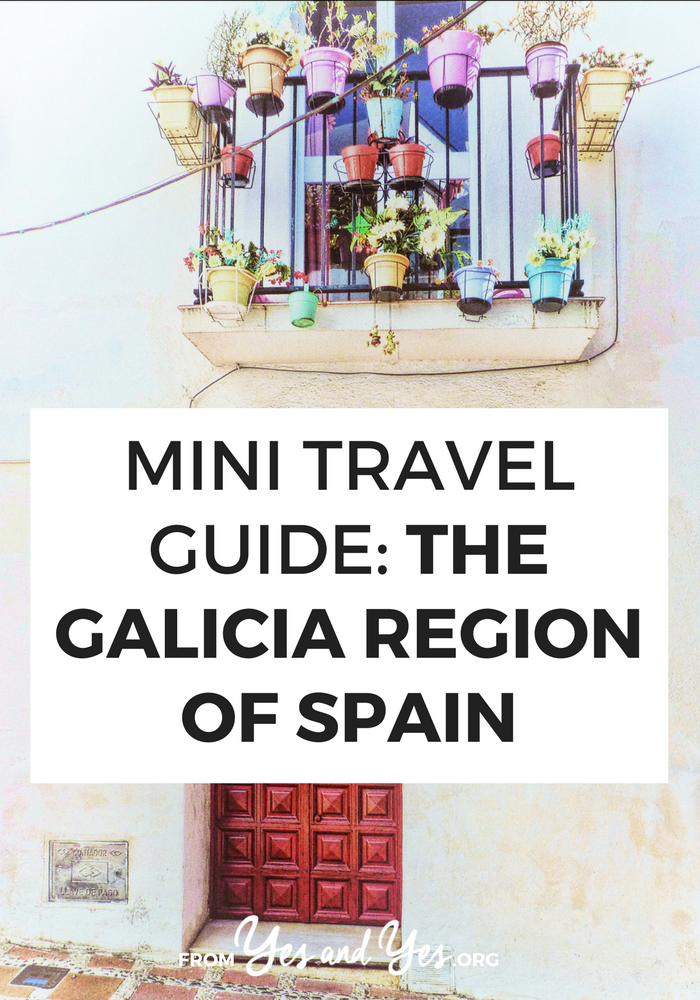 What’s that you say? There’s more to Spain than Madrid? Like a whole, Catalan-speaking, culturally unique area of the country? Yes! American Expat Trevor Huxham is telling us all about white sand island beaches that are accessible by ferry, almond egg tarts, and the glory of free tapas!
What’s that you say? There’s more to Spain than Madrid? Like a whole, Catalan-speaking, culturally unique area of the country? Yes! American Expat Trevor Huxham is telling us all about white sand island beaches that are accessible by ferry, almond egg tarts, and the glory of free tapas!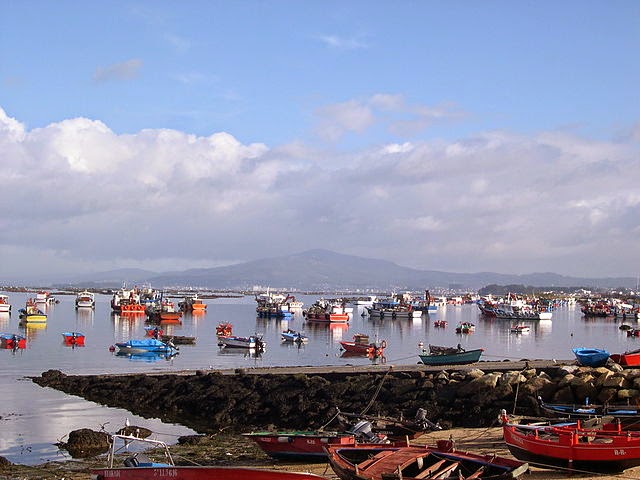
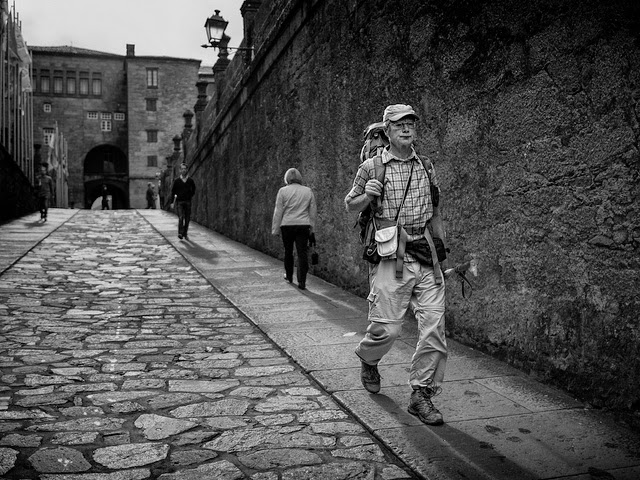
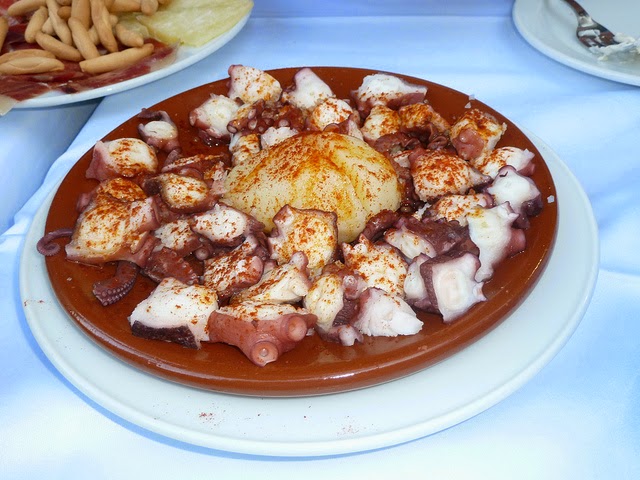
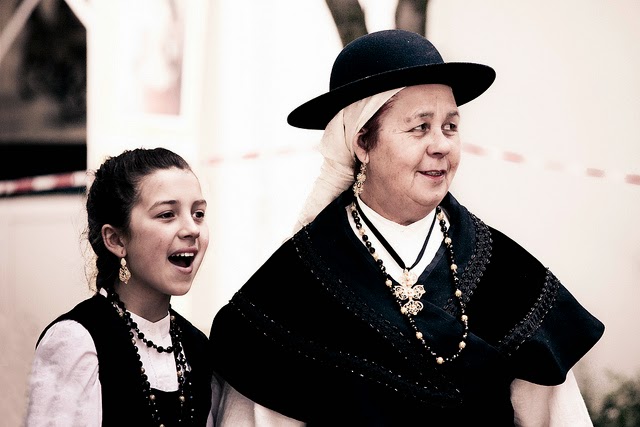
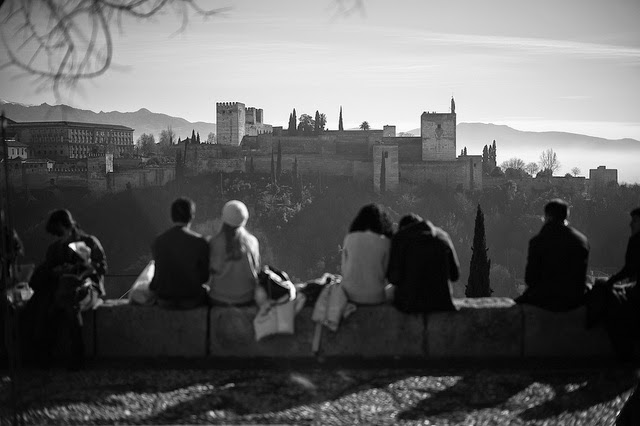




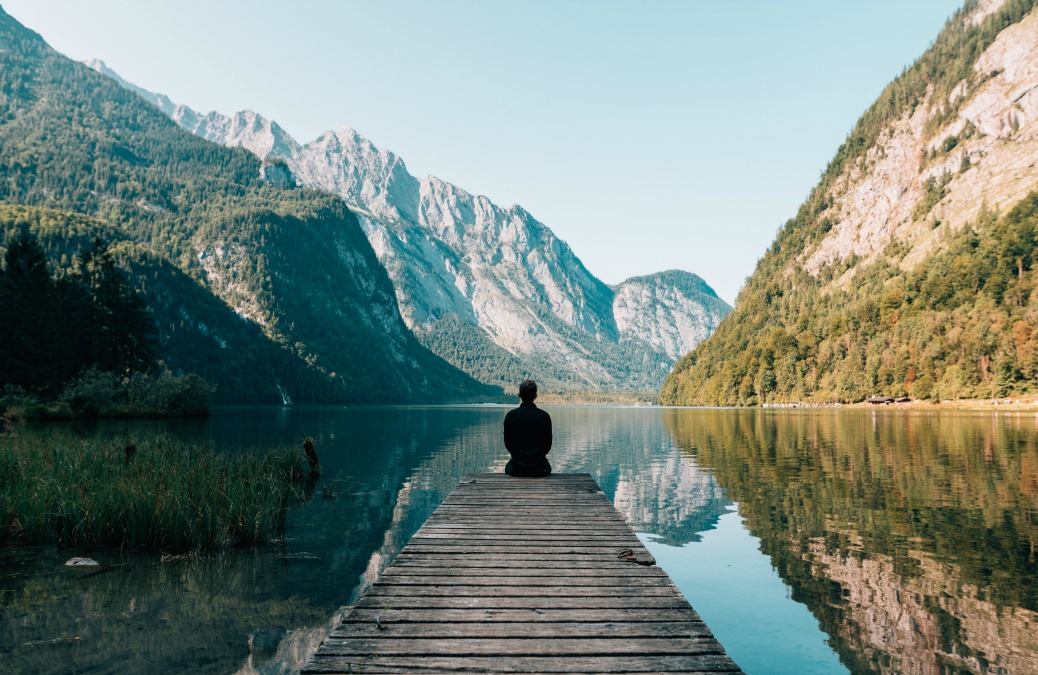

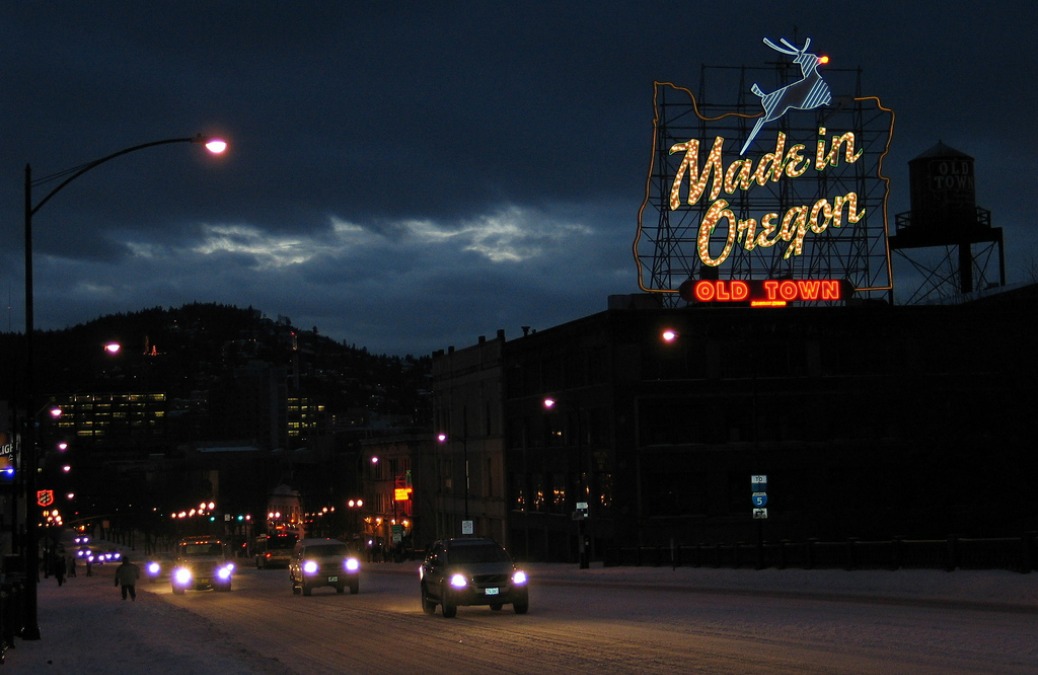
Oh, what I would give for an empanada and tarte de santiago!
Is that not a picture of the Alhambra in Granada? If it is then its a long way from Galicia!